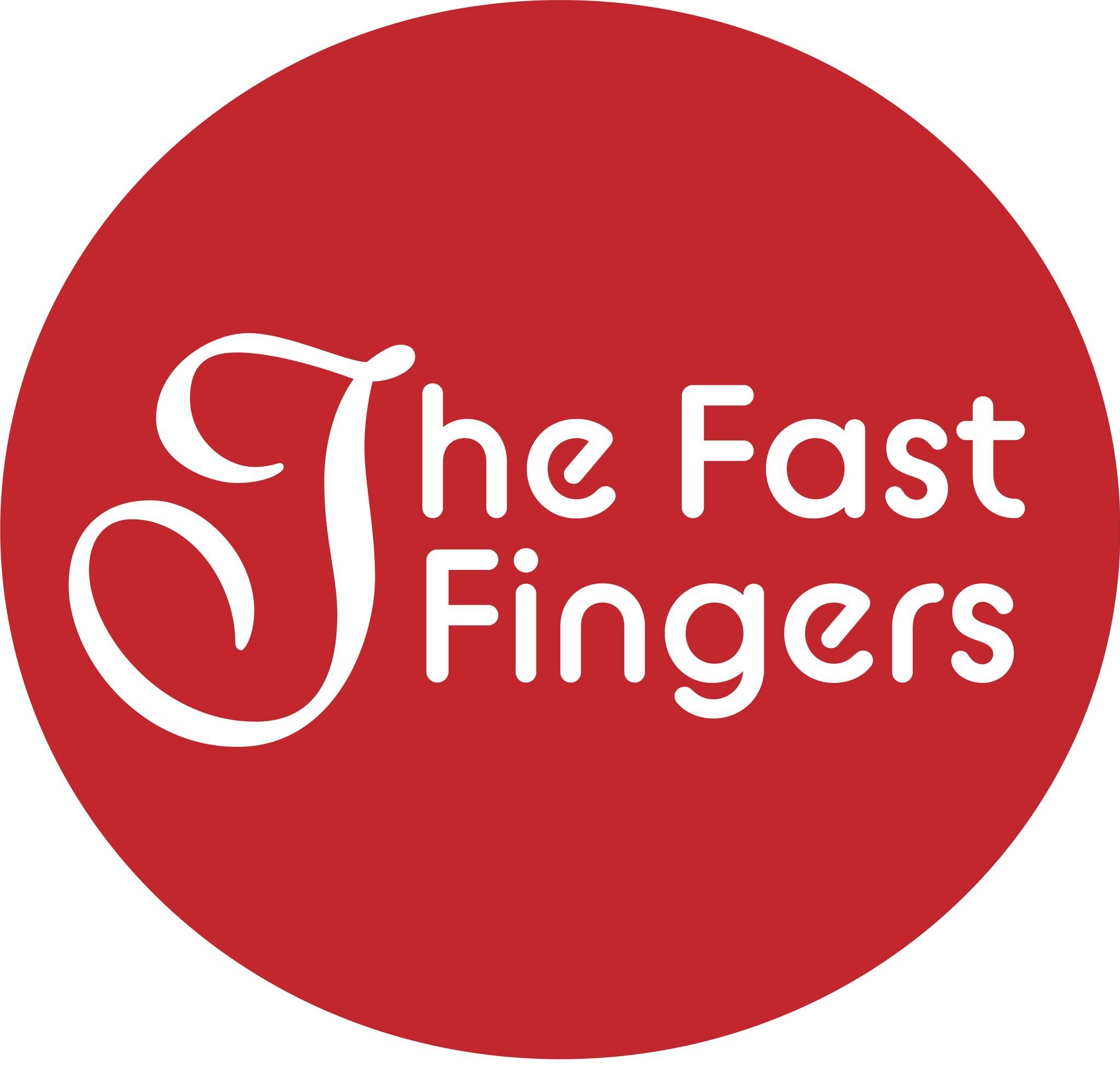
eBooks have become a prominent and accessible medium for authors and readers alike. They offer convenience, portability, and interactive features that traditional print books can’t match. When it comes to eBooks, two popular formats stand out: fixed layout and reflowable eBooks.
Understanding the differences between these formats is essential for both authors and readers. In this article, we’ll explore the distinctions between fixed layout and reflowable eBooks.
Reflowable eBooks
Reflowable eBooks are the more flexible and adaptable of the two formats, making them a popular choice for novels, non-fiction, and other text-centric content. They are designed to adapt to various screen sizes and orientations, making them compatible with a wide range of eReaders, tablets, and smartphones.
Dynamic Text: The defining feature of reflowable eBooks is the text’s adaptability to different screen sizes and orientations. Readers can customize font size and spacing to suit their preferences.
Linear Structure: Reflowable eBooks have a linear structure, similar to traditional print books. Readers typically progress from one page to the next, but this can vary based on the device and software.
Universal Compatibility: These eBooks are compatible with a wide range of eReaders, tablets, and smartphones. The text reflows to fit the screen, ensuring a consistent reading experience across various devices.
Primarily Text-Based: Reflowable eBooks are text-centric, and while they can include basic formatting and images, they do not support complex layouts or interactive elements.
Ease of Conversion: Authors can convert their manuscripts or documents to reflowable eBook format with relative ease, making this a cost-effective choice for those who prioritize simplicity.
Fixed Layout eBooks
Fixed layout eBook offer a more structured and controlled reading experience. They are ideal for content that relies heavily on precise formatting, such as children’s books, graphic novels, cookbooks, and art books. Here’s what sets fixed layout eBooks apart:
Preservation of Layout: Fixed layout eBooks maintain the exact layout and design of the printed version. This is critical for content where design elements are integral to the reading experience.
Precise Design: Authors have precise control over typography, image placement, and overall page layout. This level of control ensures that the eBook looks identical to the print version.
Complex Formatting: Fixed layout eBooks can include complex formatting, illustrations, multimedia, and interactive elements. They are ideal for content that requires intricate design.
Limited Adaptability: Unlike reflowable eBooks, fixed layout eBooks do not adapt to different screen sizes and orientations. They may be less versatile across various devices.
Content Types: Fixed layout eBooks are best suited for visually rich content, such as children’s picture books, comic books, cookbooks, travel guides, and any content with complex or multimedia layouts.
Choosing the Right Format
The choice between fixed layout and reflowable eBook formats depends on the nature of your content and your target audience. Consider the following factors:
If your content relies on precise layout and design, such as graphic novels or children’s books, fixed layout is the way to go.
If you’re publishing text-centric content like novels or non-fiction, reflowable eBooks offer flexibility and universal compatibility.
Think about your readers and how they will consume your content. Will they primarily use eReaders, tablets, or smartphones?
Make a decision based on the unique needs of your project and audience. The key to successful eBook publishing is understanding the strengths and limitations of each format and choosing the one that best aligns with your goals and content.
